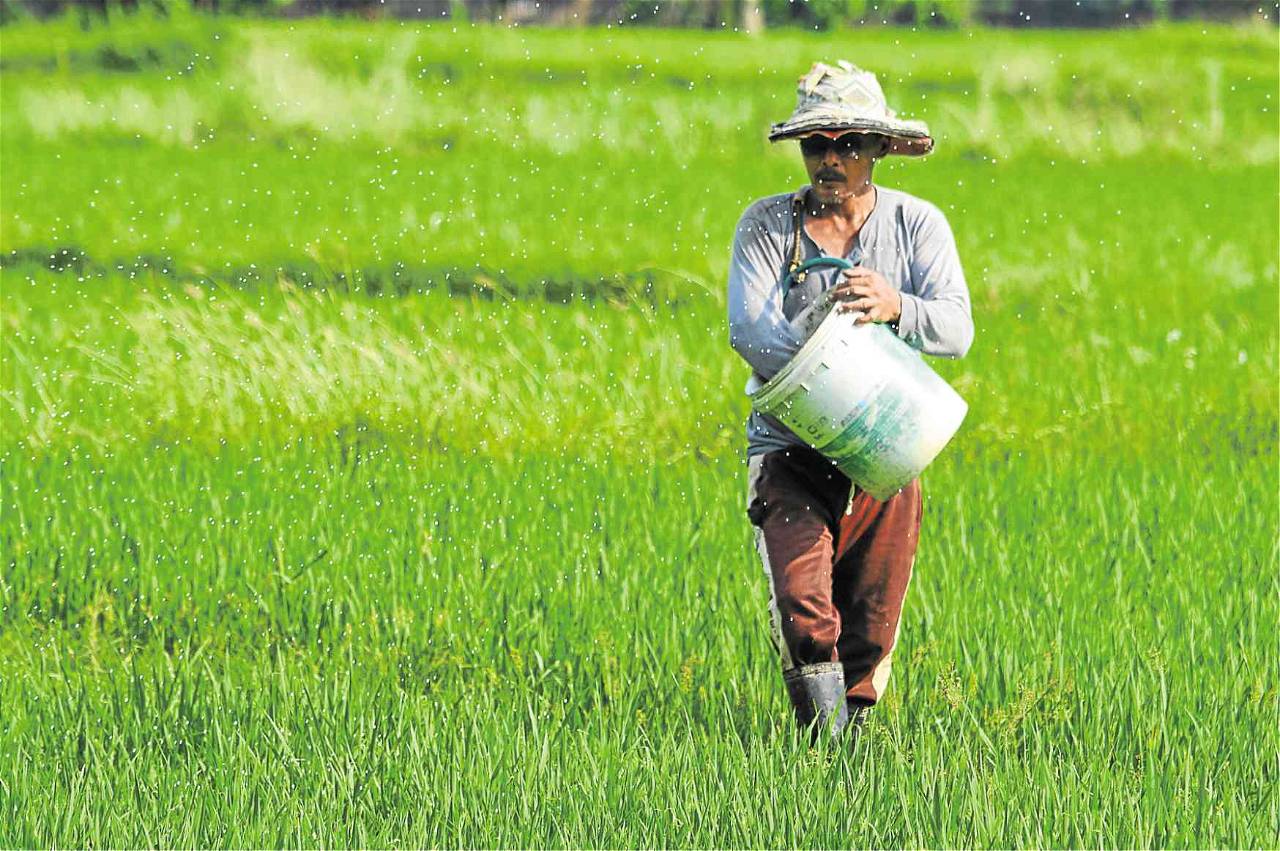
International prices of key fertilizers had been rising for months before Russia's invasion of Ukraine on February 24 aggravated the situation. The growing prices were due to supply restrictions and a gradual increase in energy prices; natural gas, for example, is a major raw element in urea production.
Given India's heavy reliance on imports to meet its fertilizer needs, the country's fertilizer subsidy cost is likely to rise in the current and the following fiscal year.
India imports 25% of its urea requirements, according to the Parliamentary Standing Committee on Chemicals and Fertilizers. Imports also account for 90% of the country's phosphatic fertilizer demands and 100% of the country's potassic fertilizer needs.
The price of urea alone jumped from $300 per metric ton (MT) in January 2021 to $1,000 per MT by December of the same year, according to the committee.
According to S Nand, acting director-general of the Fertilizer Association of India, the cost of fertilizer imports may rise further as a result of the Ukraine crisis and the blocking of supply chains from Russia and other countries (FAI).
"For the Kharif season, we are not overly reliant on imports, and I don't anticipate any fertilizer shortages," Nand told Money Control that the fertilizer situation varies from year to year and is dependent on the crops.
Existing import markets for Di-Ammonium Phosphate (DAP) – Jordan, Morocco, and Senegal – can be tapped for additional volumes to compensate for difficulties in purchasing DAP from Russia and Ukraine, even though these two nations only buy modest amounts of DAP.
Domestic urea output is already being increased by allowing existing production units to produce more and launching new urea plants at the same time.
In the current fiscal year, as well as in 2022-23, the government's fertilizer subsidy bill is expected to rise dramatically.
According to Nitesh Jain, director of Crisil Ratings, real subsidy requirements have been substantially greater than budget forecasts in the last two years.
"The BE for 2021-22 was Rs 79,530 crore, but an additional subsidy of Rs 60,000 crore was allocated through revised estimates in the recent Budget announcements because of international price hikes."
"However, the actual requirement could be greater, ranging between Rs. 1.45 and 1.5 lakh crore. The allocated amount for 2022-23 is Rs 1.05 lakh crore, but we predict that the subsidy requirement will be upwards of Rs 1.6 lakh crore."
















